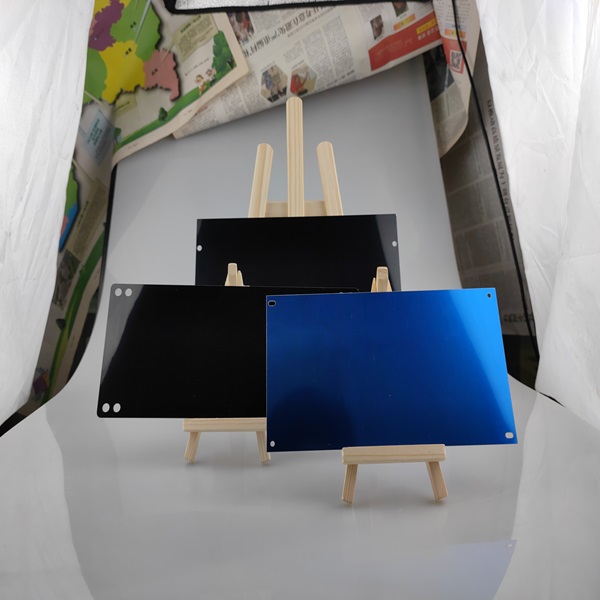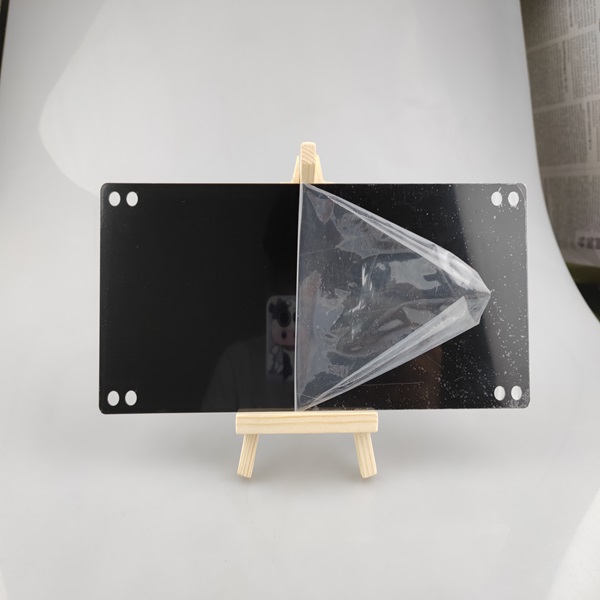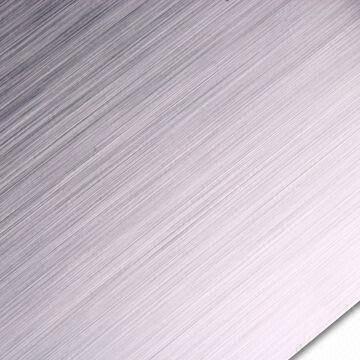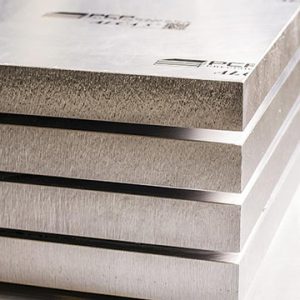기술
Anodized aluminum sheet is a special metal product made through electrochemical reaction. 생산 과정에서, 알루미늄 시트는 해당 전해질에 배치됩니다 (황산 등, 크롬산, 옥살산, 기타) 양극으로, 특정 조건과 외부 전류의 작용으로 전기 분해가 수행됩니다..
After electrolysis, an aluminum oxide film will form on the surface of the aluminum plate. Its thickness is usually between 5 과 20 마이크론, and the hard anodized film can reach 60 에 200 마이크론. This oxide film not only improves the hardness and wear resistance of the aluminum plate, but also gives it good heat resistance, insulation and corrosion resistance.
양극산화처리 알루미늄 시트 많은 분야에서 널리 사용됩니다, including construction, home furnishing, 전자 제품, 기계 부품, aircraft and automobile parts, precision instruments and radio equipment, machine casings, lamp lighting, 가전, 수공예품, 가전 제품, 인테리어 장식, Signage, 가구, car decoration, 기타.
|
학년
|
1050, 1060, 1070, 1100, 5050, 5052
|
|
표면 마무리
|
색상 알루마이트 처리
반사거울 (가루) 코팅 솔질 (양극산화처리) 분사기 (양극산화처리) |
|
색깔
|
에크루, 검은, 파란색, 금, 찢어진 조각, 빨간, 로즈골드, 관습
|
|
시트 크기(mm)
|
330*625, 610*406, 1220*2440, 맞춤형
|
|
두께(mm)
|
0.3-10mm, 표준: 0.5mm, 0.6mm, 0.8mm, 1.0mm, 2.0mm, 기타
|
Anodized aluminum sheet offer a variety of features and benefits. First of all, it has strong corrosion resistance and can effectively extend its service life. 둘째로, as the base material, the aluminum plate itself has good fire resistance and can effectively prevent the spread of flames.
게다가, 양극 알루미늄 판s는 또한 좋은 가공성의 특성을 가지고 있습니다, 내후성, 강한 금속 느낌, 강력한 내오염성과 강력한 도포성. 굽힘 및 성형이 용이하며 고속 스탬핑이 가능합니다., 직접 가공하여 제품으로 만들 수 있습니다., 제품 생산주기와 비용을 크게 줄여줍니다..
동시에, its surface has high hardness, good scratch resistance, no paint coverage, retains the metallic color of the aluminum plate, and enhances the grade and added value of the product.
We are a leading supplier of pad printing plates (clichés) for all pad printing machinery. We supply several types of pad printing plates:
- Laser engravable pad printing plates
- Alcohol washable polymer pad printing plates
- Water washable polymer pad printing plates
- Steel pad printing plates in both thin and thick steel
All of our plates can be delivered in any size required. 과, if necessary, fitted with punched holes for any pad printing machine in the market.
Anodized aluminum sheet or Pad printing aluminum cliché is a technique used in the pad printing process, which is a method of transferring an image or design onto a surface.
An aluminum cliché is a plate or pad that is made from aluminum and has the desired image or design etched or engraved onto its surface. The cliché is then coated with ink, and a silicone pad is pressed onto the cliché, picking up the ink from the etched areas.
The silicone pad is then pressed onto the surface to be printed, transferring the ink onto the desired object. This process allows for precise and detailed printing on various materials, including aluminum.
Aluminum clichés are preferred in pad printing due to their durability, as they can withstand repeated use without wearing down or losing their shape. They also provide excellent ink transfer, resulting in high-quality prints.
To create an aluminum cliché, a design or image is first created digitally or drawn by hand. The design is then transferred onto a photosensitive coating applied to an 알루미늄 판. This coated plate is exposed to UV light, which hardens the coating in the areas where the image is present.
After exposure, the unhardened coating is washed away, leaving behind a relief of the design on the aluminum plate. The plate is then treated with an etching solution to deepen the relief and ensure proper ink transfer.
10 Tips for Printing anodized Aluminum sheet
1. Use high-quality aluminum plates specifically designed for printing purposes to ensure the best results.
2. Clean the aluminum plates thoroughly before printing to remove any dust, dirt, or oil that could affect the printing quality.
3. Use the right type of ink for aluminum printing, such as UV-curable or solvent-based inks, to ensure good adhesion and durability.
4. Adjust the printing press settings, such as pressure and speed, to achieve the best print quality on aluminum plates.
5. Use a high-resolution image or design for printing to ensure sharp and clear results on the aluminum plates.
6. Test print on a small piece of aluminum first to check the color accuracy and quality before printing on a larger scale.
7. Use proper drying and curing techniques to ensure the ink adheres well to the aluminum surface and is fully cured for durability.
8. Handle the aluminum plates with care to avoid scratching or damaging the printed surface during and after printing.
9. Consider using a protective coating or laminate to enhance the durability and longevity of the printed aluminum plates.
10. Regularly maintain and clean the printing equipment to ensure consistent and high-quality printing results on aluminum plates.






-
-
-